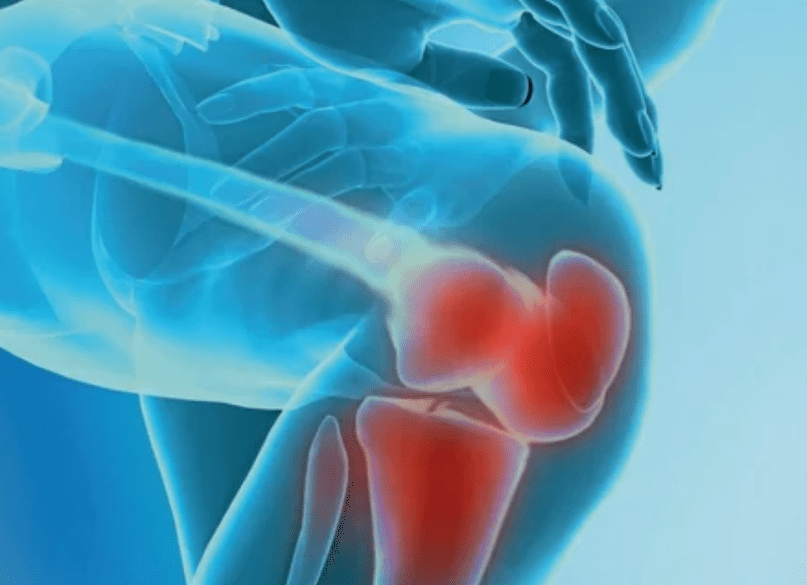
Not everyone knows what arthrosis is, because of this, people are confused in treatment methods and do not understand the principle of pathological diagnosis.Arthrosis is a severe dystrophic infringement that causes cartilage tissue wounds in the intraarticular cavity.The complexity of therapy is associated with irreversible processes, complete healing in the framework of modern medicine cannot be achieved, but the severity of the symptoms can be reduced and the development of pathology can slow down.With the right treatment, one continues the normal lifestyle for a long time.
What is arthrosis?
Similarly, easier for arthrosis of the disease is a joint disease that causes amplitude of movement and pain.In the first stage of the damage, there is no manifestation, has little severity and washed.Gradually, the pathology lasts, this is facilitated by age -related changes in the body, stress, injury, and more.According to statistics, about 80% of the population over 60 years from arthrosis.
Joint arthrosis develops for a long time, initially only affecting Hyalin's cartilage, then spreading to the bone, involving synovial shells, muscles and the entire capsule together.In the first or early stages of arthrosis, slight wounds are indicated: small pain after hard work, swelling, redness of the skin.Due to ignoring the uncomfortable sensation, the joints of the disability, the inflammation, the severe pain, their peaks fall in the morning.The disease is characterized by loss of pain after joint development.If left untreated, one loses the mobility of the joints completely.
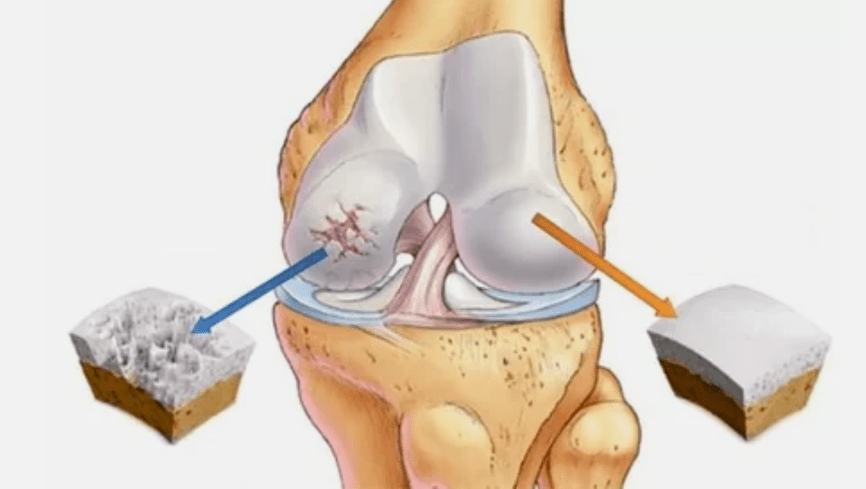
There are main and secondary arthrosis forms.Pseudo-arthrosis (neoartrosis) is also distinguished- not many people know what it is, as it is formed less frequently than any other type.Neoarthrosis is a false joint, so cartilage tissue increases in an unusual place where damage is obtained.Difficult to treat, especially surgery.
There is pathology due to disruption of regenerative function, immunity or mechanical damage.Because of the various reasons of cartilage, it becomes thinner.Under normal circumstances, cartilage receives sufficient nutrition for recovery, but after excessive physical work or due to infringement of the metabolic process, the fabric does not have time to regenerate.In the first stage, joint mobility is permanent.After regarding his arthrosis as a definition, it is worth a more detail in the development of pathology.
The developmental mechanism of arthrosis, its type
Many types of arthrosis develop according to the same scheme:
- The main lesion affects Hyaline's cartilage.In the event of blood circulation disorders, deterioration of pathological power occurs.It is the first step or reason, which may occur arthrosis.
- Pathology Hyalin coating.Depression of cartilage leads to the replacement of pathological tissue - bone structure.
- Anomalous growth occurs in the cartilage - osteophytes.
- Natural anatomical violations of cartilage and bone create a healthy cartilage.The destruction of articular tissue without treatment is constantly developing and causes defects.
As the level of the disease increases, the pathological process is still severe.In the end, all Hyalin's cartilage was destroyed.
The last stage of the disease leads to:
- involvement in the pathological process of bone, below and above the cartilaginous surface;
- Co -shell irritation, limiting mobility, leading to a 2 -degree defect;
- increased capsule density;
- Reduces the gap in the joint gap, which becomes significant in the picture.The level of violation is determined by the diagnostic-tantgenologist.Patients feel the complexity or inability to straighten and bend the limbs;
- joint deformation, cartilage acquires irregular shape, causing curvature;
- The deterioration in the patient's condition with complete destruction of the joints.
Stage of arthrosis
Joint disease has 3 stages of development:
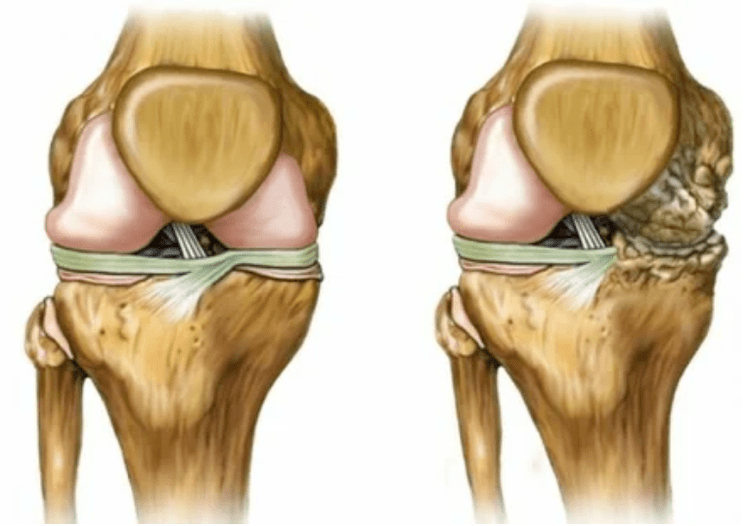
- 1 degree.Morphological disorders have begun, but they are not seen.Pathology mainly affects the condition of the synovial fluid, which is worse to supply cartilage with nutrient components, reducing cartilage strength.The burden on the joints causes inflammation and pain.
- Stage 2. Due to the shortage of supply, the required cartridge is destroyed, bone growth is formed on the cartilage surface.The pain has a more significant character, increasing after a long break, eliminated by small physical labor.The pain is accompanied by inflammation.The muscles are stretched, leading to poor or deteriorating motor function.
- 3 degrees.Often there is pain, it is difficult to move the limbs due to changes in the joints.These wounds are wide, to the naked appearance.Deformation of joint sites occurs, the affected area swells and becomes red.The member's axis is interrupted, leading to the complexity of the movement.Pathological changes triggered shortening the ligaments.Sbluishes and contractions appear.The adjacent muscles are shortened or stretched, from which the contraction function is weak.
Causes and Risk Factors Development of arthrosis
The causes of joint arthrosis vary depending on the pathological form.Reducing elbow joint arthrosis, joint arthrosis and ankle shoulder sometimes develop for no significant cause, it is possible to detect them with a doctor, a specialist in rheumatology.If the problem is not preceded by a visible pathology, the disease is called the main.The form of secondary violations is mainly diagnosed, it can trigger various states.
The main reason for development:
- Mechanical damage: dislocation, fractures, stretching, meniscus injury;
- A number of endocrine disorders associated with damage to immunity work;
- pathology of metabolism;
- displacement (congenital anomaly of articular tissue);
- experience joint inflammation;
- Pathology that leads to high movement of the joints and weakness of the ligaments.
Patients with arthrosis most often find the disease due to predisposition factors:
- Age -related changes;
- Light weight and BMI increase.High load on the joints leads to rapid joint clothing;
- deficiency of useful materials;
- Excessive load on the joints.The reason is intense training, sports, hard physical work;
- Difficult working conditions or wrong approach to sports.If there is a history of genetic tendency to damage, joint injury or similar disease, it is important to adhere to special training programs, avoiding traumatic and difficult training;
- The period after the recovery or complex operations sent in connection with the isolation of most of the affected fabric.Such states have a negative impact on the smoothness and strength of the cartilage, the burden should be minimized to them;
- Genetic tendencies, arthrosis are more often diagnosed in patients with relatives with the same pathology;
- Postmenopause level, occurring in women for about 50 years, is associated with changes in the endocrine system;
- the effects of damaging toxins;
- poor environmental conditions in residential areas;
- Frequent damage to the joints, sometimes microcracks do not appear for a long time;
- hypothermia;
- Pathology of lumbar and cervical parts.
The main arthrosis
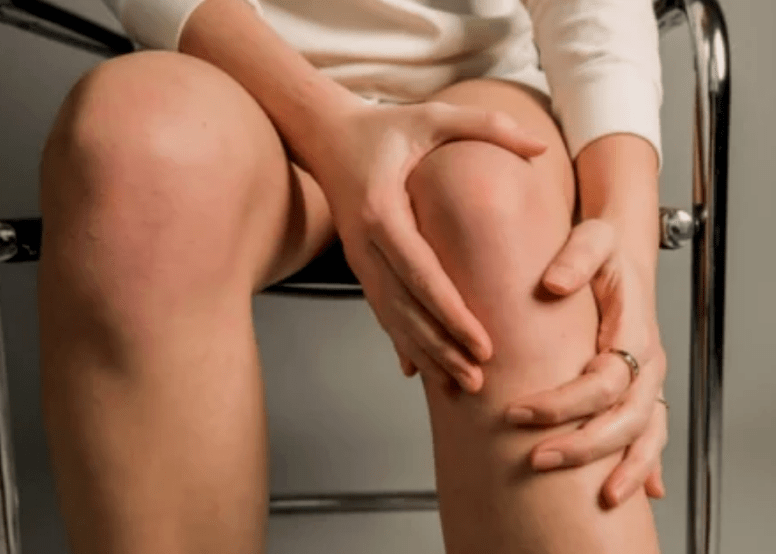
The main arthrosis is formed independently, that is, without the influence of any internal or external cause.The defeat developed through Hyalin's cartilage slowly.It is rarely diagnosed, it only contributes 3-5% of all cases.
Secondary arthrosis
Secondary arthrosis is most commonly detected by an order of 95-96% of cases.They are provoked by any of the pathology above.
The signs and symptoms of arthrosis
The manifestation of the disease varies slightly depending on the localization, more often the signs are reflected in the knees, shoulders and hip joints, due to high load.
A large number of complaints go down to:
- sore.They have low severity in the early stages, with the deterioration of sensational conditions.Initially, the joints only hurt after waking, after the light, the sensation disappeared.Over time, pain appears at night, they are very disturbing during and after walking, running, and more.In the last stage, the pain syndrome chases after someone all the time;
- Limited movement amplitude.The stiffness of action indicates anatomical changes in the structure.At first it was shown in the morning, so the daily movement was limited.In order not to cause deterioration, the work must be varied and lightweight, otherwise the patient will not be able to release and squeeze the limbs over time.Over time, there is a risk of contract, from which one loses motor capacity;
- Crown during movement - it belongs to non -specific manifestations of arthrosis.The disease is characterized by a crisis in one joint (except polyarthrosis), accompanied by discomfort, pain, and limited action.The nature of the current is like a wave - at first it shows itself weak, gradually increasing, but at 3 stages disappear;
- swelling with redness.It is located near the diseased joint, this shows the process of inflammation and the development of the disease.Doctors understand that the synovial shell is affected, this causes fluid accumulation and increased pain;
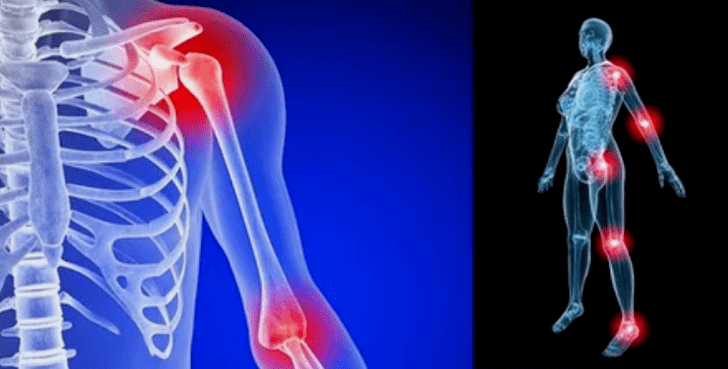 deformation of the limbs.It appears in the form of a neglected disease, indicating the destruction of cartilage tissue and the appearance of osteophytes.In this case, the pressure on the joints above and below increases, from which curvature can affect the entire limbs.
deformation of the limbs.It appears in the form of a neglected disease, indicating the destruction of cartilage tissue and the appearance of osteophytes.In this case, the pressure on the joints above and below increases, from which curvature can affect the entire limbs.
It is important to remember that bone deformation in the foot is often confused with corn.These symptoms are less dangerous only at first glance, but lead to serious consequences.
Complication
Initially, conservative therapy methods were used for treatment.If they are ineffective or the patient ignores the doctor's recommendation, there is a risk of the consequences.
Possible complications:
- The joints are completely destroyed;
- The limbs are not moving, where the movement becomes very difficult;
- intervertebral hernia;
- defects;
- Strong deformation of the joints or the entire limbs.
Diagnosis of arthrosis
To make a diagnosis, rheumatology studies the patient's complaints and prescribes X -ray exams.Often, radiography is used in 2 projections.Doctors see the presence of dystrophic disorders in the cartilage of hyaline and bone joints.If the articular gap is reduced, bone defective or flattened, there is a formation of cysts on the cartilage surface, osteophytes is a clear sign of arthrosis.During examination, arthrosis shows joint instability: the limb axis and subluxation are disrupted.
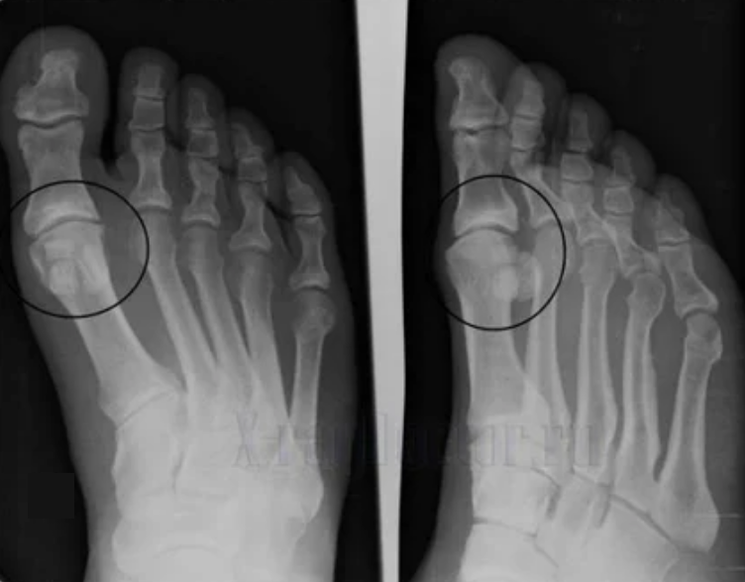
Usually the X -ray picture cannot provide complete information on the condition of the joints.For more careful studies, tomography is calculated, it is effective in examining bones.MRI is more often used to study soft tissue.
During diagnosis, the involvement of other experts is practiced that will help determine the main cause of the pathology.Often refer to the consultation of hematologists, endocrinologists, gynecologists, orthopedics.
Modern treatment
There are hundreds of ways of arthrosis therapy, but they all go down to several methods:
- Drug treatment.The main task is to combat symptoms and prevent further development of the violation.Often, analgesics are used to relieve pain, anti -anti -non -Ssteroid drugs to fight inflammation, hormone medications are prescribed for severe pain and acute inflammation.Each course is based on chondroprotectors that protect cartilage from destruction, natural materials are used for its manufacture;
- Physiotherapy.Increases the effectiveness of the drug, fighting with inflammation, relieving symptoms, accelerating tissue regeneration.Usually used ultrasonic, electricity, magnet, laser therapy.These also include mud baths, applications with natural materials, radon baths;
- Physical Education Medicine.It is useful as prevention and ease of circumstances.After proper physical exercise, it is possible to eliminate pain completely.It is useful to visit the pool, engage in yoga and often walk;
- Manual therapy, massage will help in the treatment of the disease, as they contribute to the prevention of joint curvature.After the injury, the manual therapist can measure the joints, preventing his presence in the wrong position.After massage, muscle tone is increased, blood circulation is accelerated;
- Proper nutrition.A healthy diet will help enrich your body with nutrients for cartilage and lose weight.Large mass improves joint wear;
- Sanatorium-resort treatment will strengthen the joints.In the framework of healing, sanatorium is offered balneotherapy, exercise therapy, physiotherapy procedures, and so on;
- Non -traditional therapy.For the treatment of arthrosis, huts, naturo-, aph- and herbal medicine, as well as acupuncture and various folk recipes are used;
- Surgical intervention is the only way to return to normal life in the third stage of the disease.Endoprosthetics allows you to replace the patient's cartilage with implants.The only disadvantage of operations is the high cost.One procedure has been sufficient for 15-20 years.
Precaution
So that joint arthrosis does not interfere in old age, standing:
- maintaining a healthy lifestyle;
- prevent strong loads;
- Note the diet;
- excluding bad habits;
- Doing gymnastics daily;
- Follow the weight.
Arthrosis is a dangerous disease that is easier to prevent than cure.Timely looking for a doctor and compliance with the treatment rules, the patient will be able to maintain a normal lifestyle for a long time.Lack of therapy and self -medication causes deterioration of the disease, and eventually defects.























